READY TO GET STARTED?
REQUEST A FREE ESTIMATE
Fill out the form below or call (888) 466-7849 for a free, no-obligation estimate.
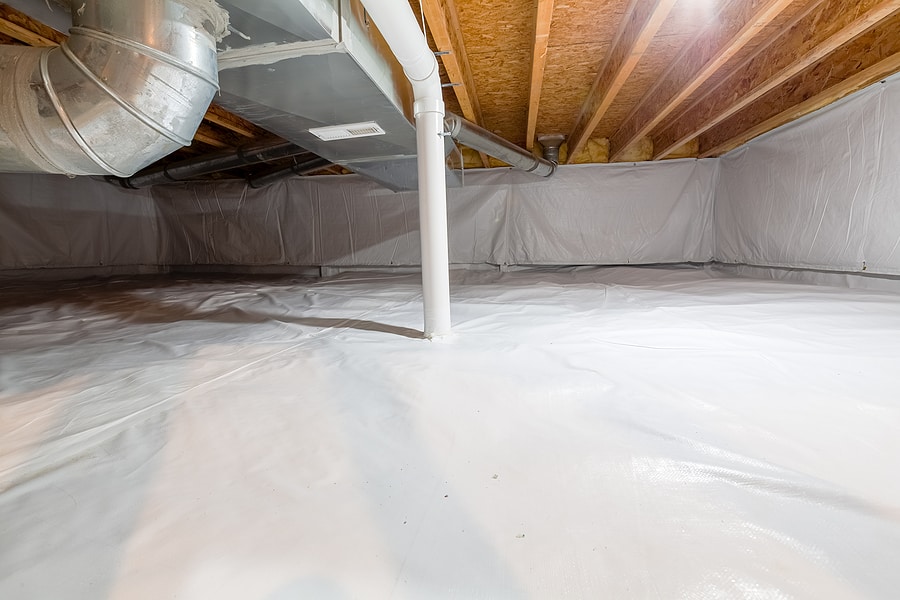
A moisture barrier is a plastic liner that covers the dirt in your crawlspace. These barriers are used to block vapors and moisture in the soil from entering your crawlspace. But is it necessary to install a moisture barrier under your home? While that decision remains a personal one for you as a homeowner, there are several benefits to moisture barriers.
Moisture in your crawlspace can affect the temperature inside your home. As your HVAC unit or furnace runs longer to help maintain the temperature inside, it uses more electricity which, in turn, increases your electricity bill. This also puts additional strain on the HVAC unit, causing them to wear out faster and need costly repairs and/or replacement. A moisture barrier acts as a sealant, controlling the moisture levels and easing the strain of your HVAC system, making your home more energy efficient and saving you money on your energy bills.
High moisture levels in your crawlspace provide the ideal environment for mold and mildew growth. Mold and mildew in your air system can be detrimental to your and your family’s health. Mold can also cause significant damage to your home. Installing a moisture barrier greatly reduces these moisture levels, preventing mold and mildew from forming. Mold and mildew are often the cause of foul odors in your home, as well. A moisture barrier can also help eliminate these stale, musty odors from your home.
Moisture that gets into your crawlspace affects the temperature in your home. It can make your home too hot, too cold, too stuffy, or too dry depending on the weather, the season, and other factors. The moisture either absorbs the warmth from your house or keeps it from escaping. In turn, this causes your HVAC unit or furnace to run too long trying to maintain a steady temperature indoors. Installing a moisture barrier seals those spaces and keeps the moisture out of your crawlspace, helping to regulate the temperature inside.
Your home’s foundation is vital to its structure and soundness. Moisture in your crawlspace can lead to wood rot, especially on joists and beams. Rotting wood can lead to significant structural damage to your home which can, in turn, stick you with a huge repair bill. Moisture barrier installation reduces the amount of moisture in your crawlspace which helps prevent wood rot, protecting the structural integrity of your home.
Your unsealed crawlspace is an open invitation to pests and wildlife in search of shelter, food, and water. Once inside, these critters can cause significant damage to your home and your health. Rodents and other wildlife can chew through wood and electrical wires. Roaches and other insects can use the crawlspace to gain access to your home, posing potential health risks to you and your family. Installing a moisture barrier completely closes off your crawlspace, eliminating this entry point for pests into your home.
How do you know if you have a problem within your crawlspace? Some signs of crawlspace trouble include:
If you are interested in moisture barriers or crawlspace enclosure, contact a reputable company for more information.
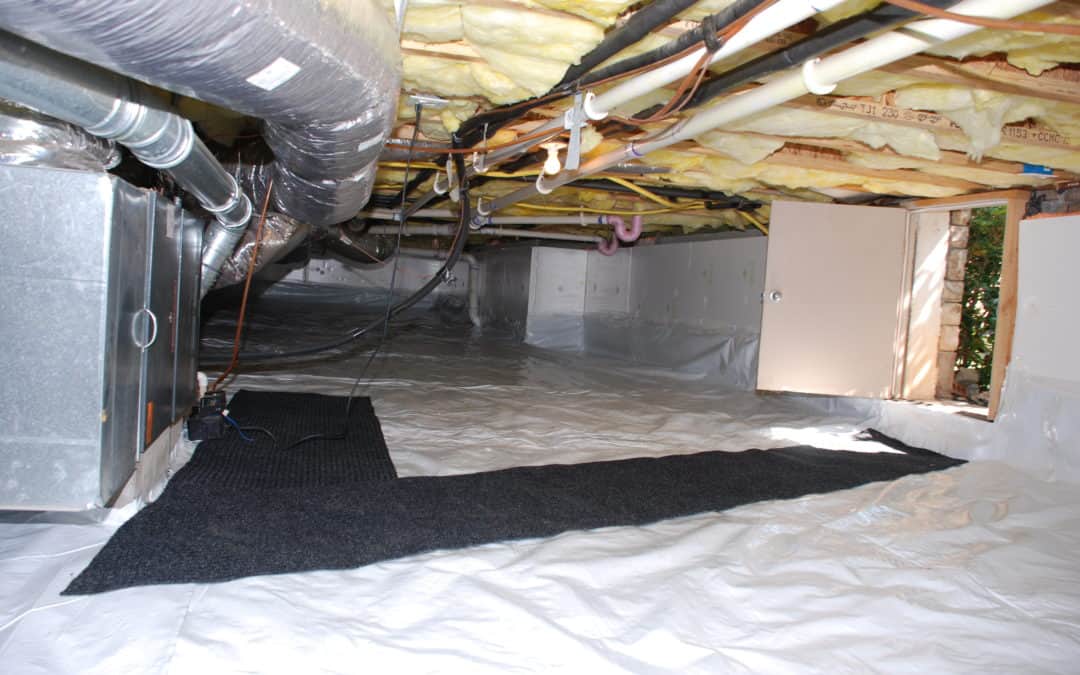
During the winter, the last thing you want to deal with is a cold home. With temperatures dropping as we approach the winter season, it’s important that your heating systems are ready and your home is prepared to weather the cold. If not, you could be dealing with cold air and high energy bills. Crawlspace enclosure this winter provides a solution to both problems that many homeowners face.
There are several benefits to enclosing your crawlspace. One that many look forward to is saving on their energy bill. The moisture in your crawlspace can affect the temperature inside the home, causing the HVAC unit or furnace to run longer to help keep your home warm, in return using more electricity. When you enclose your crawlspace, the moisture barrier acts as a sealant, which controls the moisture levels. This will ease the strain of your HVAC system to make your home more energy-efficient and save on energy bills.
Another great benefit of enclosing your crawlspace is preventing mold and odor. If left open, high moisture levels can cause mold and mildew growth, creating considerable damage to your home, posing a health risk to your family, and potentially causing an odor throughout your home. When your crawlspace is enclosed, the moisture barrier helps to reduce moisture, preventing mold and mildew from forming.
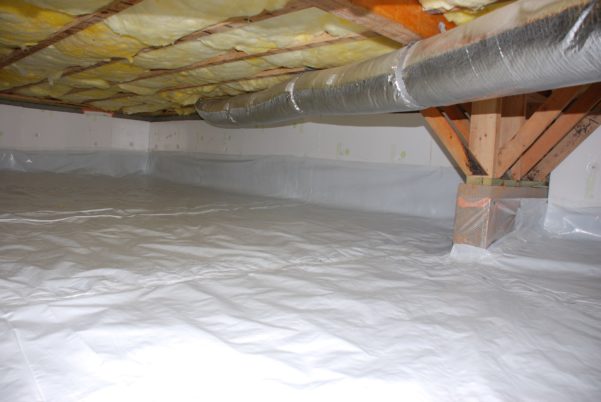
An unsealed crawlspace is an open invitation to pests and wildlife looking for shelter, food, and water. Once inside, these pests and nuisance wildlife can cause damage and present a health risk to your home and family. Once installed, the moisture barrier can help eliminate entry points for these pests to infest.
Consider calling your local pest control company for a crawlspace enclosure inspection and quote to stay warm and pest-free this winter!
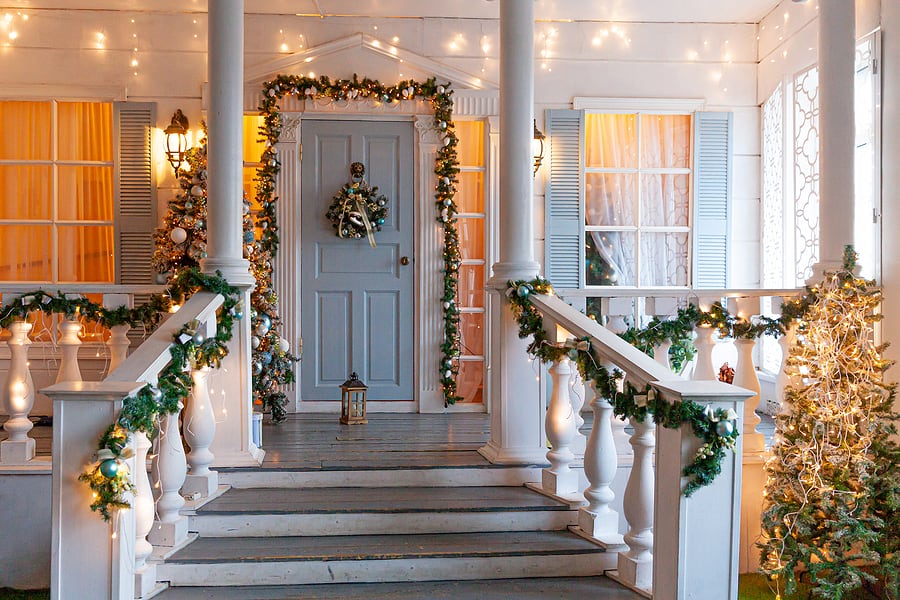
It’s nearly impossible not to spend money during the holiday season. While we want to enjoy this time of gift-giving with our loved ones, it can sometimes burn a hole in our wallets! Even though the holidays are upon us, you can still find ways to cut back on costs and even create a healthier environment for your home!
Attic Insulation
Attic insulation can help save on energy costs and ensure you are living in a healthy environment. Some say that attic insulation is essential in cutting down on air and heat that escapes from your home. Reducing the amount of energy escaping can help lower your energy bills, potentially saving you up to 30%!
Besides the financial impact of attic insulation, it can also help prevent overwintering pests. Pests like rats, mice, and roaches are looking for a warm place to stay over the colder months. They can easily damage your home and bring in harmful diseases. Attic insulation can help reduce and control the number of pests making their way inside your home.
Crawlspace Enclosure (CrawlSpace Care)
Crawlspace enclosure provides many benefits to homes that have them. Enclosing your crawlspace can help lessen the workload of your HVAC unit. This can help save you up to 18% on your utility bill and control humidity levels throughout your home.
While saving money on your utility bill is always a plus, making sure your family is living in a healthy environment is just as important! When you enclose (whether it’s the attic or the crawlspace), you will reap the benefits of improved air quality, consistent temperatures, and pest prevention including wood-eating insects.
Investing in insulation in your home will not only help you during the holiday season but year-round. For more information or to get a free quote, contact your local pest control company where a professional can recommend the best plan for your home.
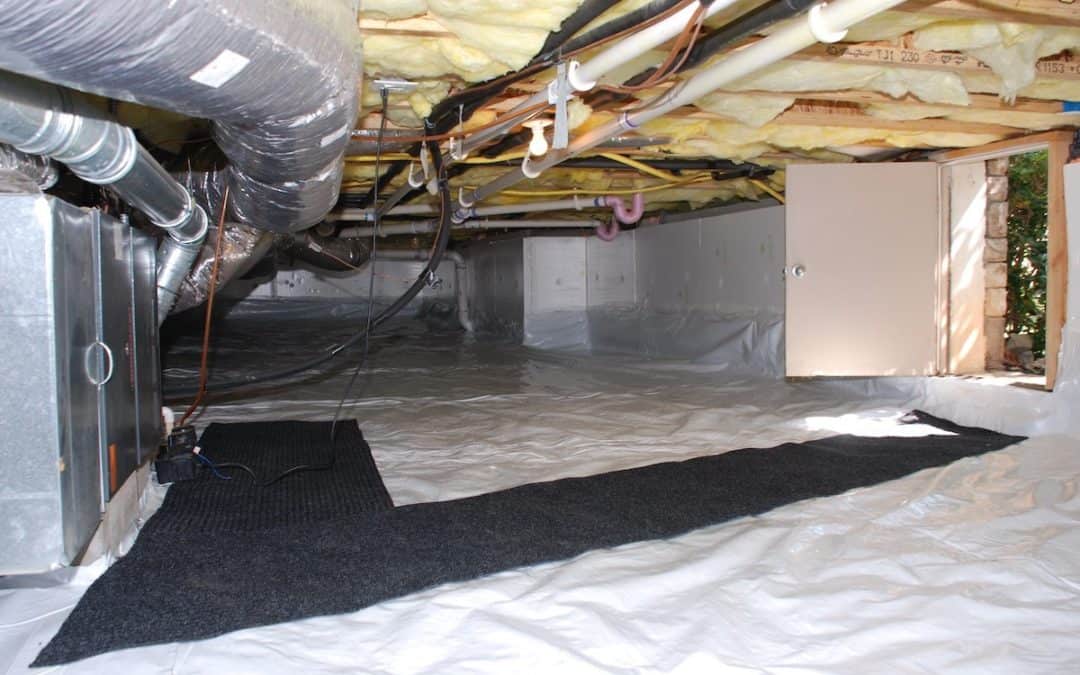
Dealing with cold winter weather outside is bad enough; when the cold temperatures start creeping into your home it’s even worse. Heating systems work hard enough in the winter time to keep our homes warm and comfortable. Additional cold air seeping into your house leaves us with cold feet and higher energy bills.
Up to 50% of household air flows in from your crawlspace. An unenclosed crawlspace lets your heated or cooled air out and lets outdoor air in. This causes your heating and cooling systems to work overtime to compensate for this fluctuation in temperatures, causing you to still feel cold floors and inconsistent temps throughout the house. These units burn more energy leading to increased utility bills. This also puts more strain on the system leading to repairs and replacements sooner and more often.
Crawlspace enclosure is similar to adding a liner to your pool to avoid leaks. Water vapor enters your crawlspace from the ground and can even seep through cement. Increased moisture can cause a host of problems in your crawlspace and your home. Moisture attracts pests; degrades indoor air quality; provides the ideal condition for mold and mildew growth which leads to rot, warped floors, and structural damage. Adding a moisture barrier and dehumidifier is a great way to help keep the moisture out of your crawlspace.
Some common reasons people enclose their crawlspace include:
There are two main disadvantages to crawlspace enclosure. The first is the initial cost of installation. While there is a somewhat pricey initial fee for installation, the savings in energy bills and pest control costs over the long term offset these costs. The second disadvantage is improper installation. Whether doing it yourself or using a professional, improper installation or faulty materials do occur. The most common signs of improper installation include:
Once you have your crawlspace enclosed, it is important to continually inspect it to make sure tears or other damage have occurred. It is recommended that the crawlspace be inspected at least once per year but preferably twice per year. Many homeowners time their crawlspace enclosure inspection to coincide with their annual termite inspection. It is important to check the crawlspace for moisture levels (there should be no humidity, condensation, or standing water); signs of mold or rot (including loose joists, damage to support beams and air ducts, or visible mold present); and signs of rodents or pest activity (including droppings and chew marks).
While crawlspace enclosure can be a DIY project, it is recommended that installation be done by a professional. This not only helps ensure quality materials and appropriate techniques are used but also guarantees repairs and replacement in the event there are issues. Contact your local pest control company for a crawlspace enclosure quote.
Is That A Rat or A Mouse and Why It Matters
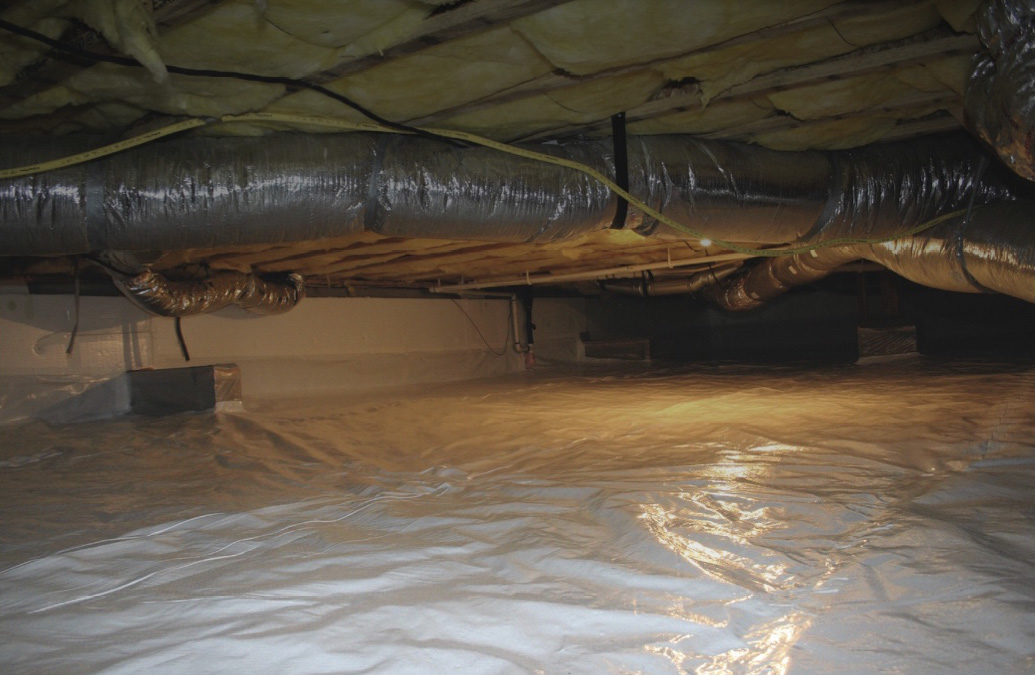
There are over 27 million homes in the United States with crawlspaces. These crawlspaces are typically used for storage and easy access to plumbing but can also harbor water and mold. They are dirty, damp places that provide an ideal environment for mold, mildew, pests, and rust. Keeping your crawlspace dry is essential to improving the overall health of your home. Here are the essentials to crawlspace moisture barriers.
A crawlspace is a variation of a basement where you can crawl around. The surface of a crawlspace is often just bare earth. They are traditionally built for homes without a basement or for homes that aren’t built on a slab. The primary purpose of crawlspaces was to promote air circulation throughout the home and to allow easy access to plumbing, electrical, and other home maintenance needs. The crawlspace can also be used for extra storage.
Crawlspace moisture usually comes from one of three sources:
Controlling the moisture levels in your crawlspace provides you with several benefits, helping to improve both your health and the health of your home. The benefits include:
Crawlspace moisture should be kept at an appropriate level to help prevent adverse effects on your home and your health. The Environmental Protection Agency (EPA) recommends keeping the relative humidity in your home between 30% and 50%.
A crawlspace vapor barrier is a set of polyethylene sheets that are placed on the uncovered soil of your crawlspace to prevent moisture from seeping through. This helps improve the relative humidity levels in the crawlspace. Vapor barriers, also known as moisture barriers, are often used in conjunction with dehumidifiers and/or crawlspace encapsulation.
Do you still have questions about crawlspace moisture barriers? Do you have an issue with moisture in your crawlspace? Contact a professional who can come out and inspect your crawlspace, identify potential areas of concern, and recommend the best treatment plan for your situation.
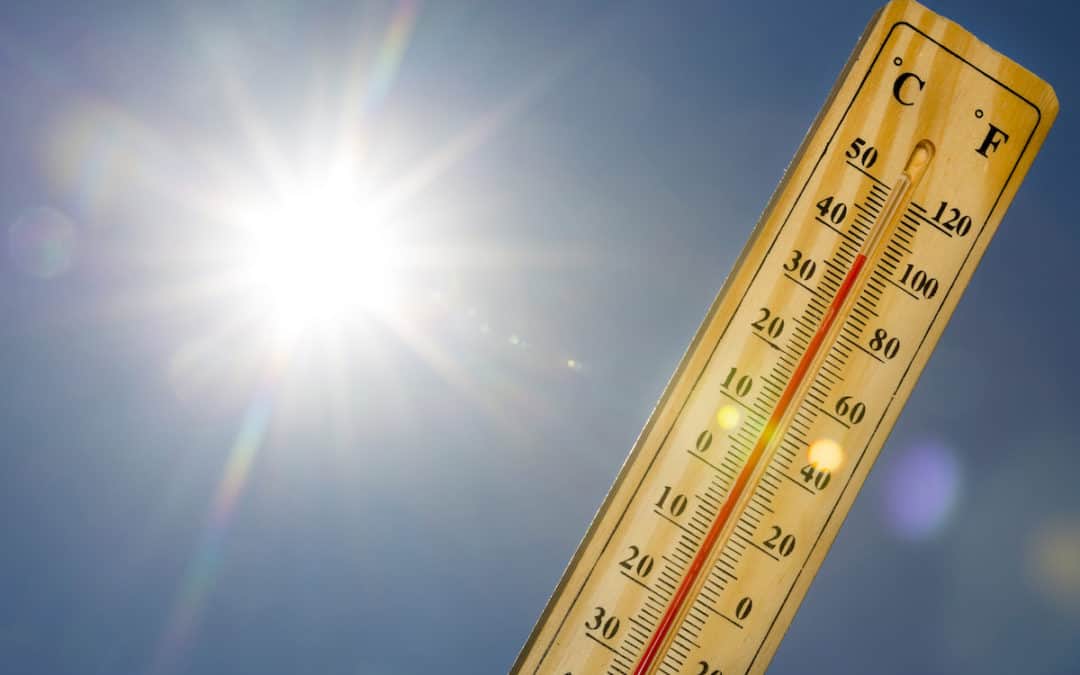
Not only does a Southern summer bring swarming pests, but it also brings the unbearable humidity. When it gets too hot, many of us head back inside and simply turn down the thermostat to a comfortable degree. Though some might find that turning the cool air up isn’t actually working, and the summer heat isn’t budging.
When the sun is beating down on your home, your attic will easily see high temperatures. The heat absorbs through the hard materials that make up your home and is likely to transfer downstairs into your living area, creating an uncomfortable living environment. An easy solution that could help is making sure you have enough insulation in your attic.
Attic insulation will create air pockets that slow the heat that is attempting to flow through your home. This will help uneven temperatures between the rooms in your house. Installing insulation can additionally help your HVAC system run more efficiently, helping lessen the need to turn down the thermostat and reduce the cost of your energy bills.
You will also find that your home can trap in the humidity and moisture. These two factors can welcome mold, fungi, and pests into your living environment. Termites, for example, prosper in areas of high moisture which in return can put your house at risk for structural damage.
A solution to ensure your home is not met with these issues is investing in crawlspace enclosure. With closing your crawlspace, you can equally save money on energy bills, but also improve the air quality in your home, creating a more comfortable living environment.
With these heat factors in mind, consider investing in both attic insulation and crawlspace encapsulation. In the long run, it could prevent future headaches! Request a Free Estimate Now
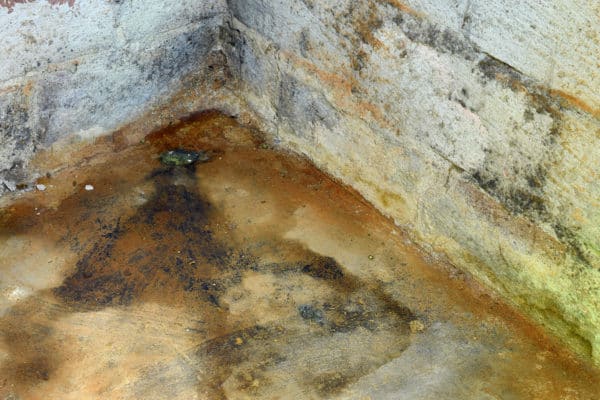
Should you enclose your crawlspace this winter? The resounding answer is yes. There are several benefits to crawlspace enclosure, especially when cold weather sets in and energy costs soar. Most crawlspaces house pipes, ducts, and other appliances. Continuous exposure to cold air and freezing temperatures can lead to frozen and busted pipes and potential water damage. While it is important to keep your crawlspace clean and dry year-round, it is especially important in the winter as it can easily become damp and humid. The excessive moisture and extreme temperatures can also cause significant damage to your home.
While closing your crawlspace vents can help, it is often not enough to keep moisture, insects, and other pests out of your crawlspace. The moisture found in crawlspaces attracts pests like termites, roaches, and millipedes and the crawlspace provides the ideal entry point to your home. The increased humidity also provides the ideal environment for mold and wood rot which can lead to serious health issues for your family and trigger allergies and asthma.
Cold air from your crawlspace can also seep through into your home, keeping your floors cold and causing your heating system to work overtime, greatly increasing your energy costs.
So what can you do this winter to keep the cold and the pests out of your crawlspace? Here are 4 steps to protecting your crawlspace this winter.
Your gutters can’t drain properly when they are clogged with leaves and debris. These clogs cause overflows with the water collecting at the base of the house. This overflow then seeps into the ground and evaporates into your crawlspace. Standing water from clogged gutters also attracts pests like mosquitoes and roaches to your home. Make sure runoff is directed away from the base of your home. If possible, extend your gutters to drain at least 10 feet away from your crawlspace. Make sure your gutters stay clean and free of debris. Consider installing gutter guards to help prevent clogs.
Although air vents allow air to circulate through your crawlspace, they also provide an entryway for water and moisture. In the winter, close all the air vents to your crawlspace before the temperatures get too cold. Have them sealed properly to prevent rainwater and moisture from getting inside. This also helps ensure your crawlspace stays warm in the winter and cool in the summer.
Your crawlspace walls, corners, and even base can have tiny holes that allow air leaks into the area. Professionally sealing your crawlspace can help prevent air from circulating through these cracks which, in turn, helps reduce humidity and keeps the warm air in.
Most crawlspaces have no covering or protection on their floors. A substantial amount of water evaporates from the ground and increases the humidity in the crawlspace. The professional installation of a vapor barrier can help prevent this evaporation and keep water and moisture out.
Whatever the season, crawlspace enclosure is a beneficial addition to your home. It not only helps increase the air quality of your home by preventing mold and wood rot, it also provides a natural pest control barrier. It also helps keep the cold air out, which means your heating unit doesn’t have to work as hard, increasing its efficiency and decreasing your energy costs.
How To Deal With Moles This Winter
Keeping Pests Away From Your Holiday Treats
How To Save Money on Your Energy Bills
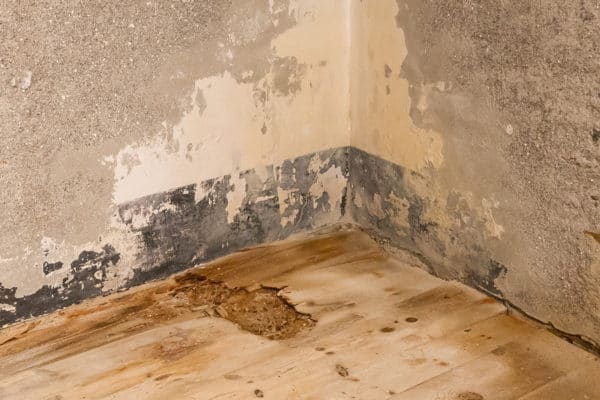
It’s October! Time for all things pumpkin, fall decorations, and staying in to enjoy your home. A potential drawback: the South, unfortunately, does not have instant cooler weather. With temperatures teetering between 85 and 90 degrees, your home might be battling moisture issues and pest invasions in your crawlspace throughout the month. Let’s look at what problems could arise and how investing in crawlspace solutions could help!
Excessive moisture and warm weather work together to create the perfect environment for pests. In addition, your home’s crawlspace is the ideal entry point for pests to enter and invade your home. (Think termites, cockroaches, ants, earwigs, and millipedes)
Along with pests, the high humidity also contributes to conditions suitable for mold growth and wood rot. This can cause severe health issues for members of your home that suffer from asthma and allergies.
Investing in the sealing of your home’s crawlspace won’t just help with cutting down on moisture issues; it can also improve the air quality of your home for you and your family. Acting as a natural pest control barrier, you can get back to enjoying those fall nights indoors and not worrying about what could be taking over your crawlspace.
Interested in crawlspace solutions for your home? Call your local crawlspace care provider to schedule an inspection for your home.
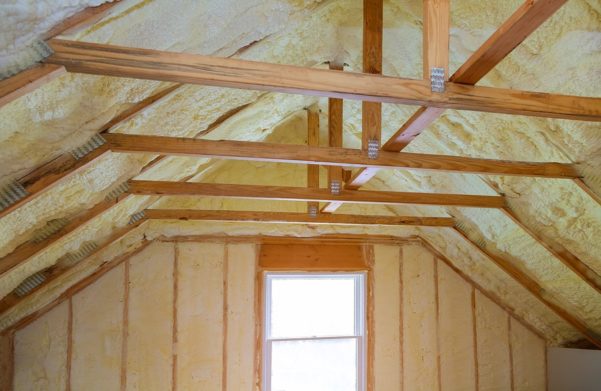
This unseasonably hot weather has catapulted us straight into summer. If you have found yourself making multiple trips back and forth to your thermostat, it may be time to look into improvements around your home that not only stop the multiple trips but also save you money in the end.
With the sun beating down on the roof of your home with little to no cloud cover, your attic will easily see high temperatures during the summer. Without proper insulation, the heat will absorb through the hard materials that make up your home, leading to unbearable temperatures inside.
Proper attic insulation will create air pockets which slow the heat attempting to flow through your home. This will help uneven temperatures between the rooms in your home and lessen the need to consistently visit your thermostat.
High heat and humidity have caused your home to become muggy and intolerable. The humidity and moisture can also become a welcoming environment for mold, fungi, and pests.
Investing in the encapsulation of your crawl space could not only save you money on your energy bills, but also prevent a headache in the long run. Termites thrive in areas of high moisture, putting your home at risk for structural damage. Not only will this method act as pest control, but it can also improve the air quality of your home and create more comfortable living conditions for you and your family.
Still on the fence? Give us a call to schedule your free inspection today, and one of our licensed professionals will answer all of your questions.